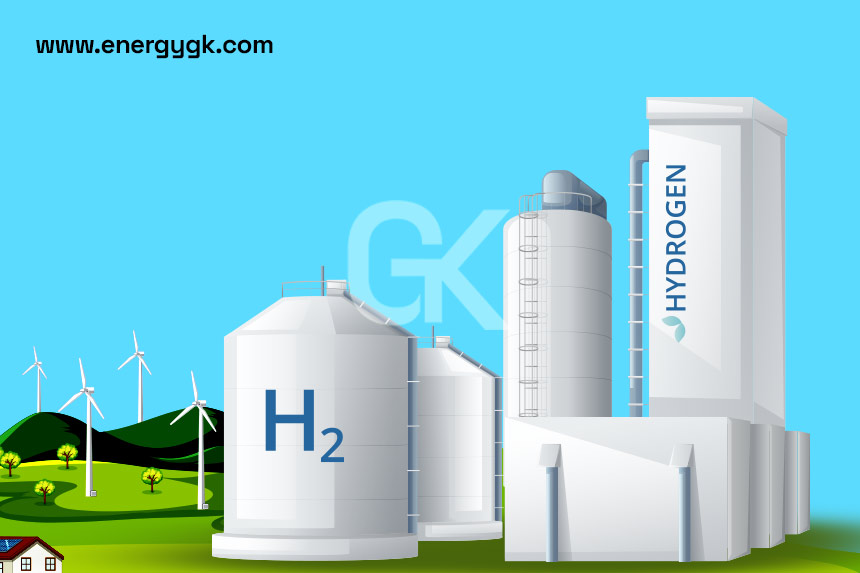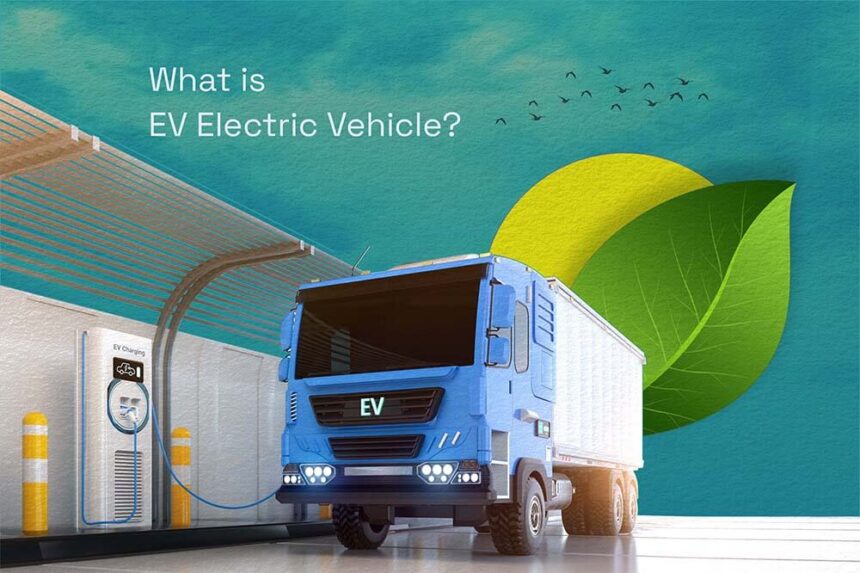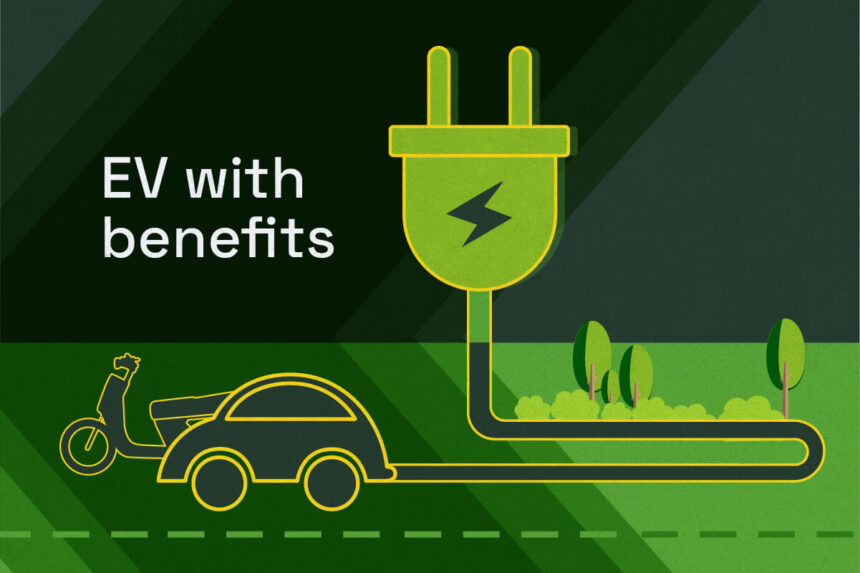Introduction
As the world seeks sustainable solutions to combat climate change and reduce reliance on fossil fuels, green hydrogen has emerged as a promising contender in the field of clean energy. This article explores the concept of green hydrogen, its production methods, applications, environmental impact, global presence, and its potential role in shaping a cleaner, greener future.
What is Green Hydrogen?
2.1. Definition and Production
Green hydrogen, often referred to as renewable hydrogen, is hydrogen gas produced using renewable energy sources. The process involves electrolysis, where water is split into hydrogen and oxygen using electricity generated from renewable sources like solar, wind, or hydropower. The result is a clean and emission-free hydrogen fuel.
2.2. Advantages of Green Hydrogen
Green hydrogen offers several advantages that make it an attractive option for a clean energy future. It serves as a versatile energy carrier, is easily storable, and can be transported efficiently. Additionally, it has the potential to replace conventional fossil fuels in various sectors, reducing greenhouse gas emissions significantly.
2.3. Green Hydrogen vs. Grey Hydrogen
It’s essential to differentiate between green hydrogen and grey hydrogen. While green hydrogen is produced using renewable energy and has no carbon footprint, grey hydrogen is produced from natural gas using steam methane reforming, resulting in carbon dioxide emissions. Understanding this distinction is crucial in assessing the true environmental impact of hydrogen production methods.
The Role of Green Hydrogen in Clean Energy
3.1. Green Hydrogen and Renewable Energy
One of the significant advantages of green hydrogen is its close association with renewable energy sources. By using excess renewable energy during low-demand periods for electrolysis, green hydrogen production helps maximize the utilization of renewables and promotes a more balanced and sustainable energy grid.
3.2. Energy Storage and Grid Balancing
Renewable energy sources like solar and wind can be intermittent, making energy storage essential for grid stability. Green hydrogen can act as a viable long-term energy storage solution, enabling excess energy to be stored as hydrogen and later converted back into electricity when needed, helping stabilize the energy grid.
3.3. Green Hydrogen in Transportation
The transportation sector is a significant contributor to greenhouse gas emissions. Green hydrogen offers an alternative to conventional fuels, powering fuel cell vehicles and providing a cleaner transportation solution with zero emissions, as the only byproduct of hydrogen fuel cells is water vapor.
Technologies for Green Hydrogen Production
4.1. Electrolysis
Electrolysis is the most common method for green hydrogen production. It involves passing an electric current through water, splitting it into hydrogen and oxygen gases. There are different types of electrolysis, including alkaline electrolysis, proton exchange membrane (PEM) electrolysis, and solid oxide electrolysis, each with its own advantages and applications.
4.2. Biomass Gasification
Biomass gasification is another method for producing green hydrogen. Biomass materials are heated in a controlled environment, producing a mixture of hydrogen, carbon monoxide, and carbon dioxide. The hydrogen can then be separated and purified, resulting in renewable hydrogen.
4.3. Photoelectrochemical Cells
Photoelectrochemical cells use sunlight to drive the electrolysis of water, producing hydrogen. Researchers are continually exploring advanced materials and designs to improve the efficiency and scalability of this technology.
4.4. High-Temperature Water Splitting
High-temperature water splitting, or thermochemical water splitting, uses heat from concentrated solar power or other sources to split water molecules and produce hydrogen gas. This method shows promise for large-scale hydrogen production in areas with abundant solar energy.
Investments and Projects in Green Hydrogen
5.1. Government Initiatives
Governments worldwide are recognizing the potential of green hydrogen and are investing in research, development, and deployment. Various countries have introduced incentive programs, grants, and policies to support the growth of green hydrogen technologies.
5.2. Private Sector Investments
The private sector is also actively involved in green hydrogen initiatives. Companies are investing in the development of innovative technologies and partnering with governments and research institutions to explore and commercialize green hydrogen applications.
5.3. Major Green Hydrogen Projects
Several ambitious green hydrogen projects are underway globally, showcasing the viability of this clean energy solution. From hydrogen-powered cities to industrial applications, these projects are paving the way for a sustainable hydrogen economy.
Challenges and Limitations
6.1. Cost and Efficiency
While green hydrogen holds promise, its current production costs remain a challenge. Electrolysis, the primary production method, requires significant electricity input, and the cost of renewable energy can impact the overall cost of green hydrogen.
6.2. Infrastructure Development
The widespread adoption of green hydrogen requires a robust infrastructure, including production facilities, transportation networks, and distribution systems. Developing such infrastructure poses a challenge, especially in regions with limited renewable energy resources.
6.3. Storage and Transportation
Storing and transporting hydrogen efficiently is a critical aspect of green hydrogen adoption. Hydrogen has low energy density, making storage and transportation logistics complex, and necessitating advancements in storage technologies.
Environmental Impact of Green Hydrogen
7.1. Reduction in Greenhouse Gas Emissions
Green hydrogen’s most significant advantage lies in its potential to reduce greenhouse gas emissions significantly. When used as a fuel or in industrial processes, it releases only water vapor, contributing to a cleaner and greener environment.
7.2. Water Usage and Environmental Concerns
Despite its environmental benefits, green hydrogen production can have water usage implications. Sustainable water management practices are essential to minimize the impact on water resources and ecosystems.
Green Hydrogen on a Global Scale
8.1. Leading Countries and Regions
Certain countries and regions have taken the lead in adopting green hydrogen technologies and establishing themselves as frontrunners in the global green hydrogen market.
8.2. International Collaborations
Collaboration among nations is crucial for advancing green hydrogen research, sharing knowledge, and driving the growth of the industry on an international scale.
Integration with Existing Energy Systems
9.1. Power Plants and Industries
Integrating green hydrogen into existing energy systems, including power plants and industrial processes, offers opportunities for reducing carbon emissions in traditionally challenging sectors.
9.2. Decarbonizing Hard-to-Abate Sectors
Industries with high carbon footprints, such as steel and cement production, can benefit from green hydrogen applications, enabling them to reduce emissions and work towards decarbonization.
The Future of Green Hydrogen
10.1. Growth and Potential
As research and technology advancements continue, the cost of green hydrogen is expected to decrease, making it more competitive with conventional fuels and opening up numerous possibilities for its widespread adoption.
10.2. Role in Achieving Climate Goals
Green hydrogen plays a pivotal role in the global effort to combat climate change and achieve carbon neutrality by providing a scalable, clean energy alternative for various sectors.
Conclusion
Green hydrogen has emerged as a game-changer in the pursuit of clean, sustainable energy solutions. Its ability to be produced from renewable sources, coupled with its versatile applications, presents a promising path towards a low-carbon future. As governments, industries, and individuals invest in its development, green hydrogen has the potential to power the world while preserving the planet.
FAQs
12.1. What is green hydrogen, and how is it produced?
Green hydrogen is hydrogen gas produced using renewable energy sources like solar, wind, or hydropower. The production involves the process of electrolysis, where water is split into hydrogen and oxygen using electricity from renewable sources.
12.2. How does green hydrogen differ from grey hydrogen?
Green hydrogen is produced using renewable energy sources and has no carbon footprint, as the only byproduct is water vapor. In contrast, grey hydrogen is produced from natural gas, resulting in carbon dioxide emissions.
12.3. What are the main advantages of green hydrogen?
Green hydrogen serves as a versatile, clean energy carrier that can be easily stored and transported. It has the potential to replace conventional fuels in various sectors, significantly reducing greenhouse gas emissions.
12.4. What are some major green hydrogen projects worldwide?
Several ambitious green hydrogen projects are underway globally. These projects vary from hydrogen-powered cities to industrial applications and showcase the viability of green hydrogen as a clean energy solution.
12.5. How does green hydrogen contribute to reducing greenhouse gas emissions?
When used as a fuel or in industrial processes, green hydrogen produces only water vapor as a byproduct, leading to a substantial reduction in greenhouse gas emissions and contributing to a cleaner environment.






